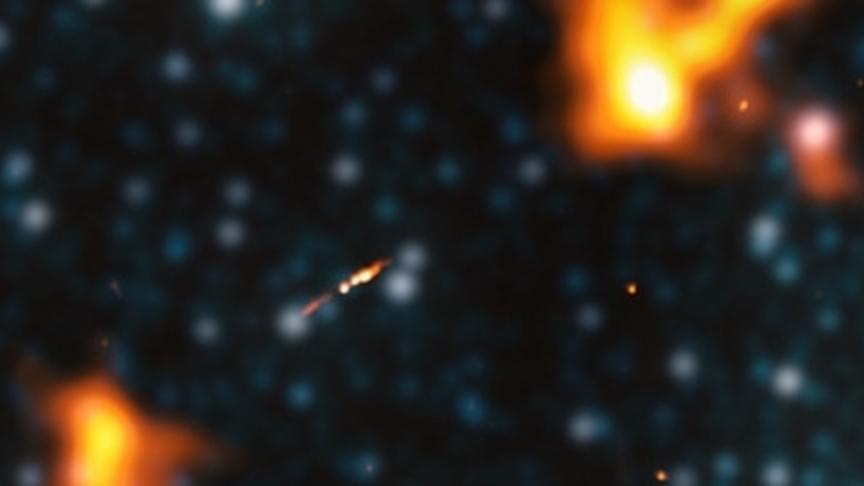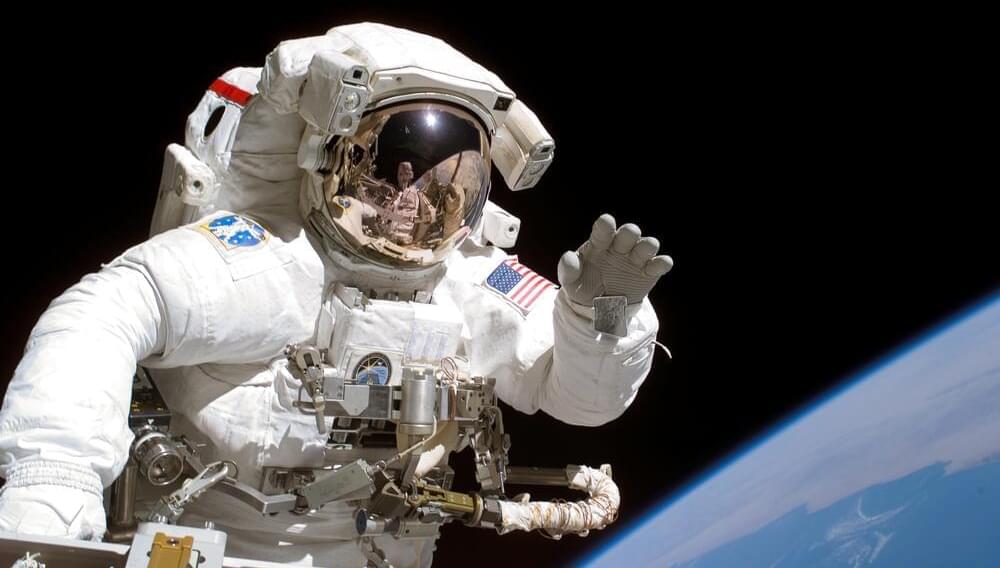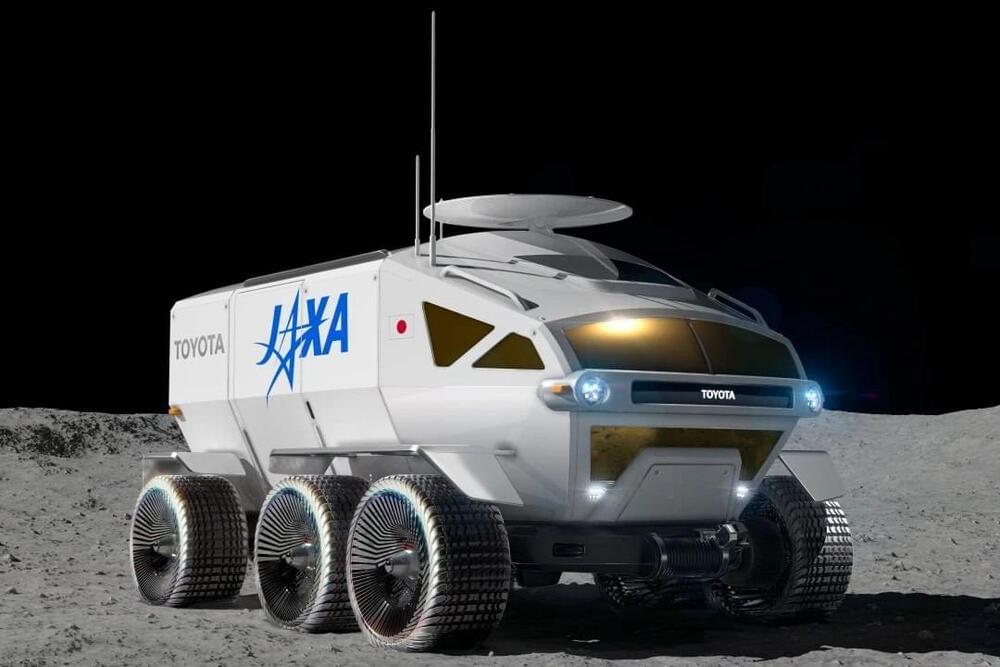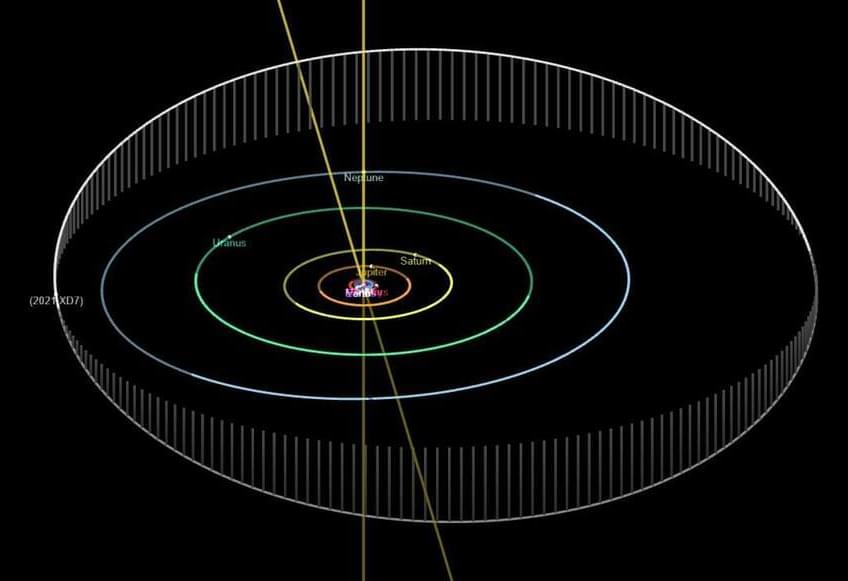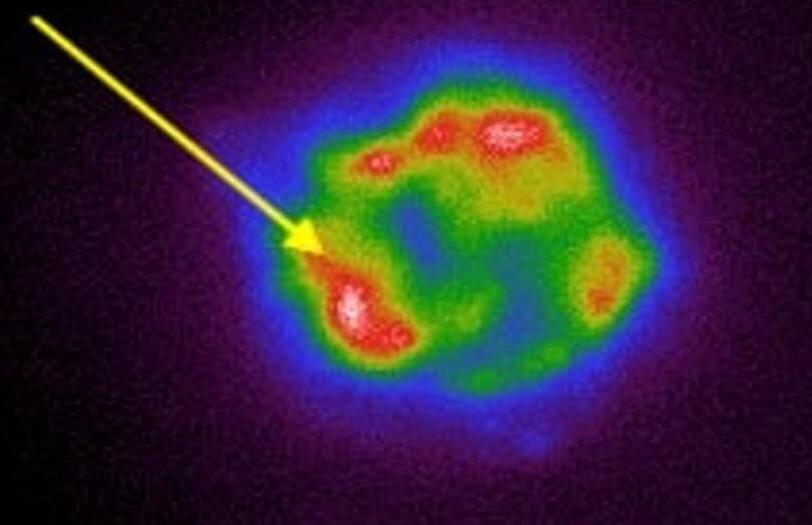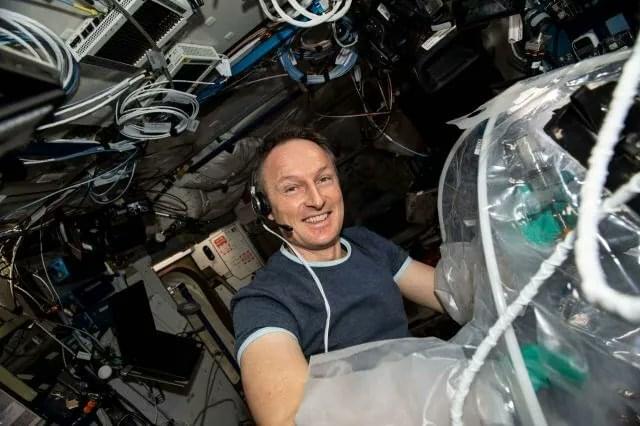It lashed out for millions of miles beyond the sun’s surface.
NASA and the European Space Agency’s (ESA’s) Solar Orbiter spacecraft captured the largest solar prominence eruption observed to date.
The stunning image shows the solar eruption extending millions of miles into space, as per a report by ESA.
According to the ESA, the eruption was so powerful that even the ESA/JAXA BepiColombo mission spacecraft, currently orbiting Mercury detected a “massive increase in the readings for electrons, protons, and heavy ions with its radiation monitor.”
## What are solar prominences?
Solar prominences are composed of magnetic field lines that suspend ejected solar plasma far beyond the Sun’s surface. They often occur alongside coronal mass ejections, large expulsions of magnetic field and plasma, sometimes referred to as solar tsunamis\.
